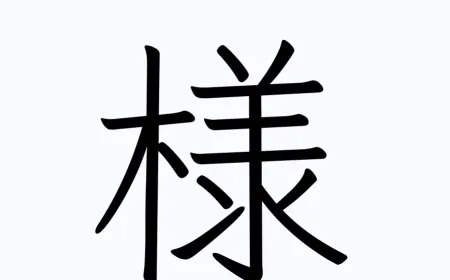Sashiko - Traditional Japanese embroidery
Today, we will learn about Sashiko - traditional Japanese embroidery to learn the meaning, origin and embroidery techniques.

1. What is Sashiko?
Sashiko (Japanese: 刺し子, literally "jaw") is a traditional Japanese embroidery style that dates back to the Edo period (1615 - 1868). It was mainly used by working class farming and fishing families to make more practical workwear.
Traditionally, Sashiko was used to strengthen or repair worn out areas of clothing with patches, making the fabric stronger and thicker. At that time, cloth was a precious commodity, because to produce them, farmers had to spend a lot of time and manual work. Natural fibers such as cotton, silk and hemp are hand-woven, hand-woven and dyed. Silk and cotton were reserved for the aristocracy of society and were very expensive. Hemp fiber is a popular raw material for the production of fabrics and clothes for ordinary people, however, they are easy to tear, scratch or fray.
The white thread on the traditional indigo fabric represents the snow that falls on the ground during the cold winter months, Sashiko embroidery is the main and highly skilled activity of the women of rural northern Japan. By the Meiji period (1868-1912), Sashiko had become a traditional activity of the people. Even, Sashiko has become the winter job of northern farmers when they cannot work in the fields due to the cold weather.
Today, as modern people tend to minimize their lifestyle, Sashiko's simple but indescribable stitches have become one of the typical Japanese craft art forms. You can find Sashiko stitching on coasters, clothes, blankets, etc. with designs ranging from traditional to modern. Even so, Sashiko combined with indigo dyed fabrics still seems to be the most popular.
2. Sashiko motifs
Sashiko motifs are extremely diverse, but in general, they can be divided into five main types:
Moyozashi (模様刺し): has repetitive shapes, is made up of lines, curves or zigzags, and often includes motifs, images with ancient meanings of good luck, embroidery stitches. never touch each other but there is a distance between them.
Hitomezashi (一目刺し): a pattern is a series of horizontal, vertical or diagonal lines, which may or may not touch, form contoured figures. Curves are not used in this vignette. Threads often intersect and cross each other as part of the design. Hitomezashi tends to include denser stitches than Moyozashi. This pattern is often used to repair clothes.
Kogin (こぎん): meaning small cloth, this is a kind of elaborate embroidery from the Tsugaru district of Honshu.It is sewn from side to side in which most of the yarn counts are uneven: one, three, five, and sometimes seven. The long stitches, often sewn on the back, result in the fabric being almost three times the original thickness, which helps to keep warm in winter.
Shonai sashiko (庄内刺し子) is a traditional embroidery technique from the Shonai region, Yamagata, in northwestern Japan. Originally, it was used to combine two or more layers of hemp or cotton fabric, and was characterized by criss-crossing and criss-crossing lines, and made by running stitch.
Kakurezashi: The art of using indigo-dyed thread to embroider, making the motifs not simply black and white, but also creating more colors and sharper and colorful patterns.
3. Sashiko in modern culture
Surely people think today, under the development of the garment industry, there will be no torn clothes that need to be sewn and fixed like in the past. Sashiko today are not only used for sewing purposes, they are now very popular in the fashion field.
We will easily see Sashiko appearing on the catwalks, being blown away in modern outfits that combine textures, making them even more unique and innovative. Not only that, on the bags, pillows, bed sheets, even created on the wall paintings.
Not only that, Japanese people are very conscious of thrift, not waste, showing mottainai culture. So, if the clothes are still new, still usable but have a small tear, the Sashiko technique is still overcome to handle this problem.
4. What is "Boro"? Distinguish Boro and Sashiko
Boro and Sashiko are both ancient embroidery arts in the history of the land of the rising sun, however, these two types are completely different. Boro is the use of cloth of different sizes to sew over large tears of clothing. Therefore, we can see that the clothes of the old farmer are not only painted, old, but the color and fabric are uneven, one color but another patched with a different color cloth.
Boro is about joining other pieces of fabric and sewing or over stitching to join them into one, while Sashiko emphasizes the art of weaving, using stitches to shape the fabric. Boro cloths are often dyed indigo, often dark in color. One can combine both Boro and Sashiko to complete or repair old clothes.
Today, Boro is no longer used much in everyday activities, but they have been applied a lot in the fashion field, in order to create innovative, unique outfits and show strong personality.
Related Products








































































































